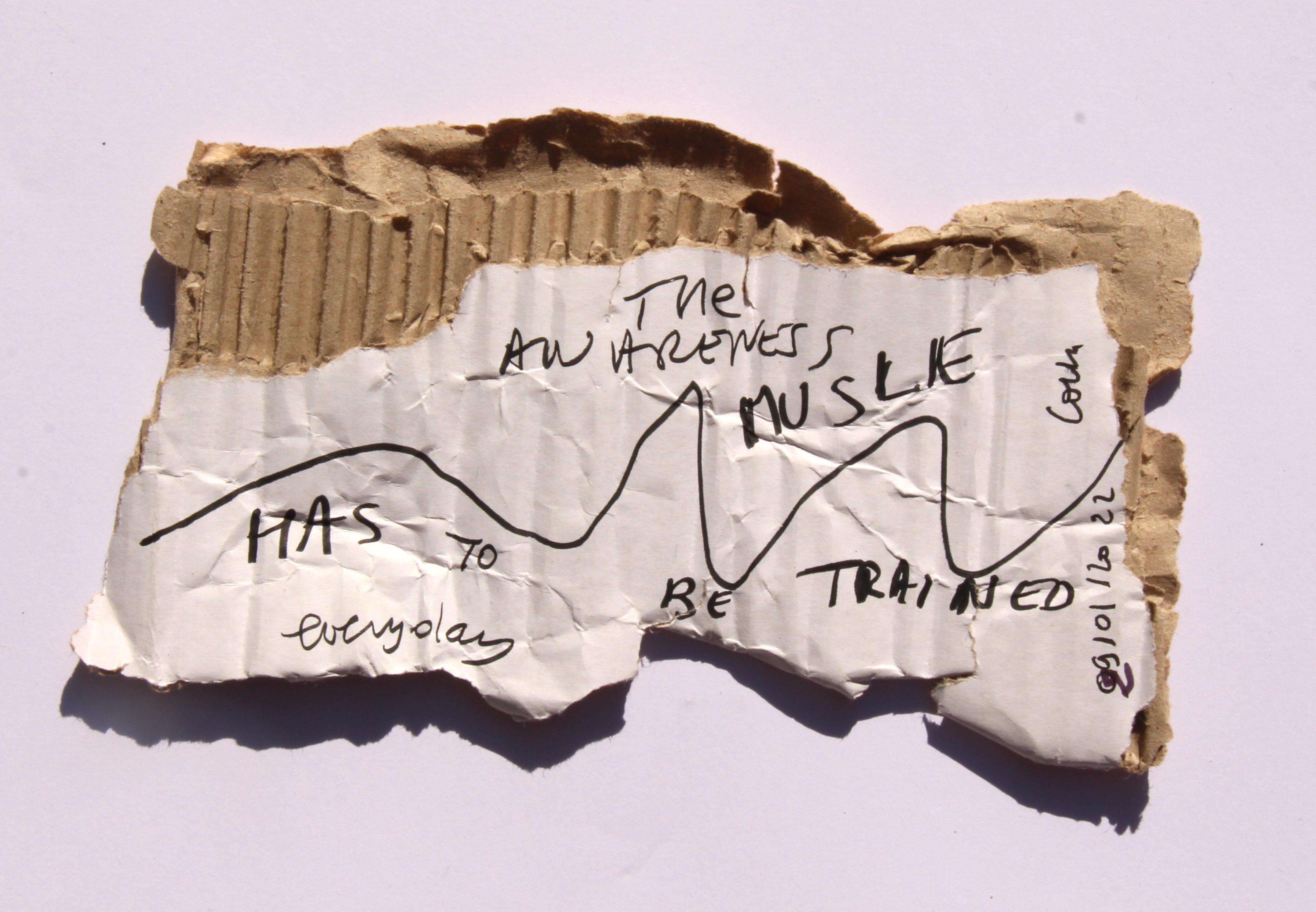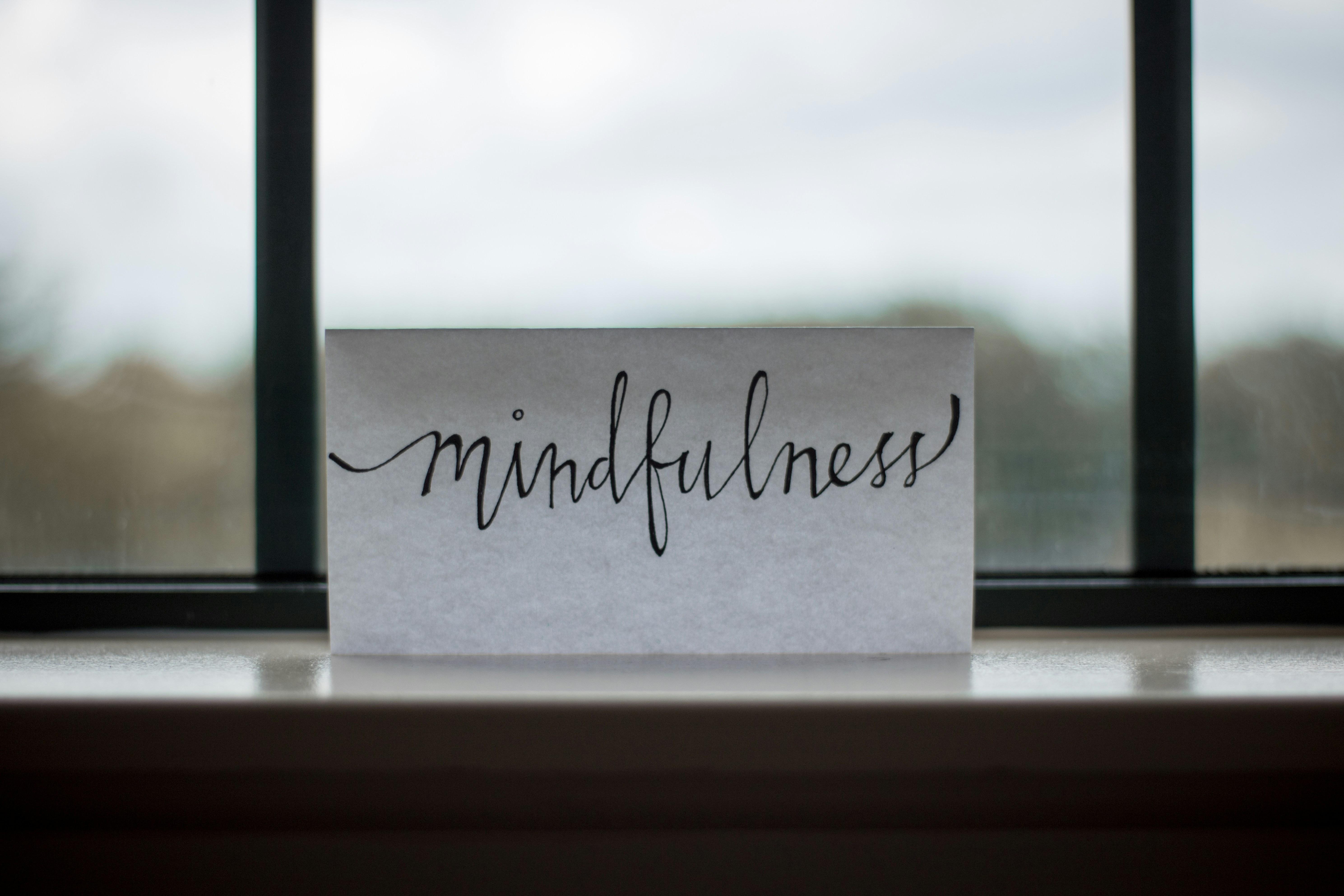In the bustling tapestry of modern life, where the clamor of daily demands often drowns out the whispers of our inner selves, meditation emerges as a serene sanctuary—a refuge promising tranquility amidst chaos. It is hailed as a path to mindfulness, a bridge to self-awareness, and a balm for the restless soul. Yet, beneath its tranquil surface lies a nuanced question that beckons exploration: Can meditation, this ancient practice of presence, morph into a subtle form of avoidance? As more individuals seek solace on the meditation cushion, it’s worth pondering whether the pursuit of inner peace might sometimes serve as an escape from confronting the very challenges that unsettle us. This article delves into the dual nature of meditation, examining whether its promise of peace might occasionally act as a veil, shielding us from the complexities of life rather than equipping us to face them.
Exploring the Thin Line Between Mindfulness and Escapism
In the quest for peace and balance, meditation is often heralded as a powerful tool for achieving mindfulness. However, when the pursuit of tranquility becomes an escape from reality, it might morph into a form of avoidance. Mindfulness encourages us to embrace the present moment, to experience life in its raw, unfiltered form. Yet, the fine line between being present and evading uncomfortable truths is often blurred. This paradox can lead practitioners to use meditation as a shield against confronting life’s challenges, rather than a means of gaining clarity.
- Temporary Relief: Meditation can offer a sanctuary from stress, but relying on it solely for this purpose might prevent one from addressing the root causes of their discomfort.
- Emotional Bypass: By consistently seeking solace in meditation, individuals may inadvertently sidestep emotional growth and self-reflection.
- Balancing Act: It’s crucial to distinguish between healthy mindfulness practices and using meditation as a tool for avoidance. Striving for a balance where meditation enhances life, rather than serving as an escape, can lead to more profound personal insights.

The Psychological Impacts of Using Meditation as a Coping Mechanism
While meditation is often heralded as a powerful tool for enhancing mental well-being, it is crucial to explore its potential psychological impacts when used as a primary coping mechanism. On the one hand, meditation can foster profound self-awareness and emotional regulation, helping individuals navigate life’s challenges with greater resilience. However, there’s a nuanced perspective to consider: can the reliance on meditation evolve into a form of avoidance?
- Emotional Bypass: For some, the meditative state might become a sanctuary to escape confronting difficult emotions, leading to an emotional bypass where feelings are acknowledged but not fully processed.
- Temporary Relief: The tranquility achieved during meditation can sometimes serve as a temporary relief rather than a long-term solution, potentially delaying necessary action or decision-making.
- Self-Reflection vs. Self-Evasion: A delicate balance exists between self-reflection and self-evasion. While meditation encourages introspection, it can inadvertently become a retreat from engaging with the root causes of stress or anxiety.
By recognizing these potential pitfalls, individuals can use meditation mindfully, ensuring it complements other coping strategies rather than replacing them. The key lies in using meditation not as an escape, but as a stepping stone towards deeper understanding and constructive action.

Balancing Inner Peace with Real-World Responsibilities
In the quest for tranquility, meditation offers a sanctuary from the chaos of daily life. However, when the scales tip too far towards introspection, it can subtly transform into a form of avoidance, leading to an imbalance between serenity and responsibility. The key lies in maintaining a delicate equilibrium, ensuring that the practice enhances, rather than detracts from, our engagement with the world. To achieve this balance, consider the following:
- Intentional Practice: Approach meditation with the goal of rejuvenation rather than escape. This mindset helps ensure that time spent in meditation is a preparation for facing life’s challenges, not an evasion.
- Integration: Apply the insights gained from meditation to real-world interactions and decision-making processes. This practice ensures that the peace found in meditation is not confined to the cushion but extends into everyday life.
- Mindful Scheduling: Allocate specific times for meditation that do not interfere with essential duties. This approach respects both personal well-being and professional commitments, fostering a harmonious balance.
By weaving meditation into the fabric of our daily responsibilities, it becomes a tool for growth and resilience, rather than a retreat from reality. This integration not only nurtures inner peace but also empowers us to meet our responsibilities with a calm and focused mind.

Strategies for Integrating Meditation Without Avoidance
To ensure meditation serves as a tool for growth rather than a shield from reality, it’s essential to approach it with mindful intention. Begin by setting clear objectives for your practice. Define what you aim to achieve, whether it’s reducing stress, enhancing focus, or cultivating empathy. This clarity will anchor your sessions in purpose, reducing the risk of drifting into escapism.
- Balance meditation with active engagement: Complement your meditation practice with activities that require direct interaction with your environment, such as community service or creative projects.
- Incorporate reflection: After each session, spend a few moments journaling or contemplating what arose during your practice. This helps integrate insights and prevents them from becoming detached fantasies.
- Seek diverse perspectives: Engage with meditation communities or teachers who emphasize applying mindfulness in everyday life, ensuring your practice remains grounded.
By weaving these strategies into your routine, meditation can become a powerful ally in embracing life’s challenges rather than a retreat from them.
Wrapping Up
As we close the chapter on the intriguing intersection of meditation and avoidance, it becomes evident that this ancient practice holds a mirror to our deepest intentions. While meditation can be a sanctuary, offering clarity and peace, it also poses the subtle risk of becoming a refuge from reality. The journey of understanding whether meditation serves as a pathway to presence or a detour into avoidance lies in the heart of each practitioner. It invites us to remain vigilant and introspective, ensuring that our moments of stillness propel us forward rather than holding us back. Ultimately, the art of meditation is not just about retreating from the world, but engaging with it more fully, armed with the insights gleaned from within. As we step away from this exploration, may we carry with us a mindful awareness of how we choose to wield the power of meditation in our lives.
